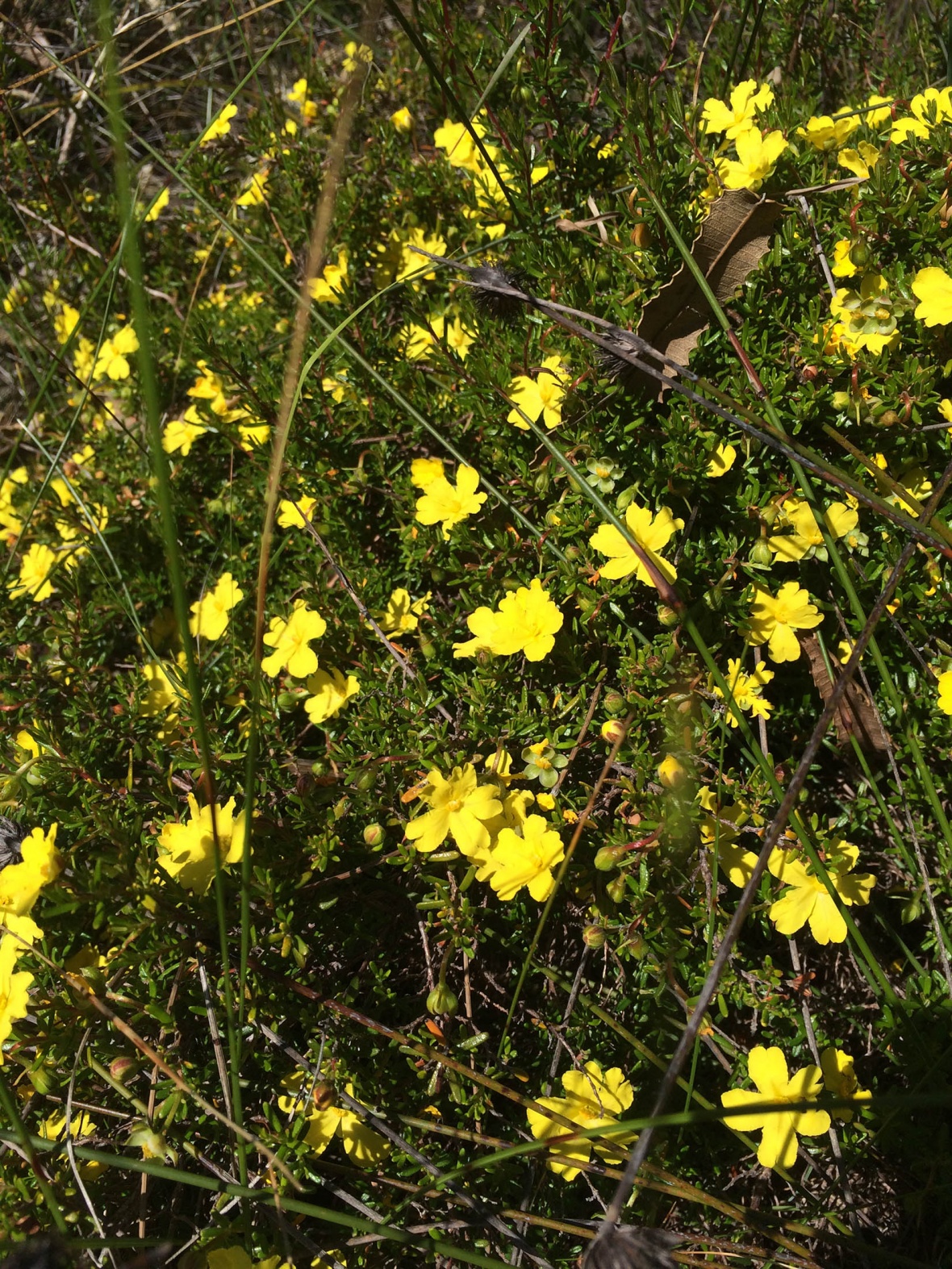Ranunculus spp.
Ranunculaceae
Description
There are 18 species of Ranunculus in Texas. These are perennial or annual herbs with a sharp, bitter taste.
The stem leaves are alternate, with palmlike veins, and are deeply lobed or dissected. The basal leaves usually have a distinctly different shape.
Ranunculus abortivus - Littleleaf Buttercup, Littleleaf Crowfoot. I may not be putting too many Buttercup (genus Ranunculus) species here on USWildflowers.com.It's not that I don't run across them often; it's just that with the number of different species - the USDA lists 93 species in the United States - and with many species looking very similar to others in the genus, it takes a lot of. There are two or more species of buttercup in every vegetational region of Texas. However, significant populations are usually found only in the eastern third of the state. Virtually all of the species require ample water and are found in seeps, mud flats, along ditches or in standing, shallow water.
Buttercup bush is a lovely small, flowering shrub grown in the tropics and loved for its display of yellow flowers that appear all year long. It's also easy to grow; buttercup bush doesn't require any special tips or tricks to look beautiful. You'll often find buttercup bush grown with flowering. Creeping Buttercup Ranunculus repens Non-native Species. Cursed Buttercup Ranunculus sceleratus. Curveseed Butterwort Ranunculus testiculatus. Other Names: Bur Buttercup Ceratocephala testiculata. Non-native Species. Cut-leaved Anemone Anemone multifida. Cut-leaved Anemone. A single flower at the end of a long, hairy but otherwise naked stalk that arises from some leaf axils in the upper part of the plant. Flowers are ¾ to 1¼ inches across with 5 shiny, yellow, generally oval petals and numerous yellow stamens surrounding a green center.
Flowers are arranged in fanshaped clusters. They usually have five glossy yellow petals and give rise to a small, dry fruit.
Florida Native Buttercup
Habitat
There are two or more species of buttercup in every vegetational region of Texas. However, significant populations are usually found only in the eastern third of the state. Virtually all of the species require ample water and are found in seeps, mud flats, along ditches or in standing, shallow water.

Toxic Agent
All species are thought to contain a glycoside at various concentrations that is converted to protoanemonin, which acts as a blistering agent. The levels of glycoside increases greatly as the plants mature and reach the flowering stage.
Because protoanemonin is not stable, the plant is not a problem in hay. Although the toxin content varies widely within and among species of buttercup, a large amount of plant material is usually required to cause clinical signs with the species growing in Texas.
Signs of Livestock Ingestion
The signs of poisoning are those of severe gastrointestinal irritation and include: Red and/or ulcerated oral tissues; Salivation; Blood-tinged milk; Diarrhea; Abdominal pain; Depression or excitation; Convulsions; Death.
Most cases of buttercup poisoning in Texas are not life threatening. Horses consuming buttercup can die from colic.
Management Strategies
Poisoning can usually be prevented by not forcing animals to consume buttercup at flowering. Some pastures must be vacated to prevent diarrhea. These may be used for hay if enough forage such as ryegrass is mixed with the buttercup.
Images
Plant Characteristics

Flower Color: Yellow
Duration: Annual
Stem Texture: Hairless/Smooth
Growth Habit: Forbs/Broadleaf

Leaf Shape : Simple with Pinnate or Parallel Venation
Season: Warm
Distribution : 01 - Pineywoods, 02 - Gulf Prairies and Marshes, 03 - Post Oak Savannah, 04 - Blackland Prairies, 05 - Cross Timbers and Prairies, 06 - South Texas Plains, 07 - Edwards Plateau, 08 - Rolling Plains, 09 - High Plains, 10 - Trans-Pecos
Buttercup Native To Tennessee

Distribution refers to the ecological region in Texas that a plant has been found. You can also view a clickable map.
Book: Toxic Plants of Texas (B-6105)
Collection: Toxics, Wild Flowers
Native Buttercup Tennessee
Livestock Affected: Cattle, Goats, Horses, Sheep
Native Buttercup Oklahoma
Livestock Signs: Abdominal Pain, Colic, Convulsions, Depression/ Weakness, Excess Salivation, Excitability
